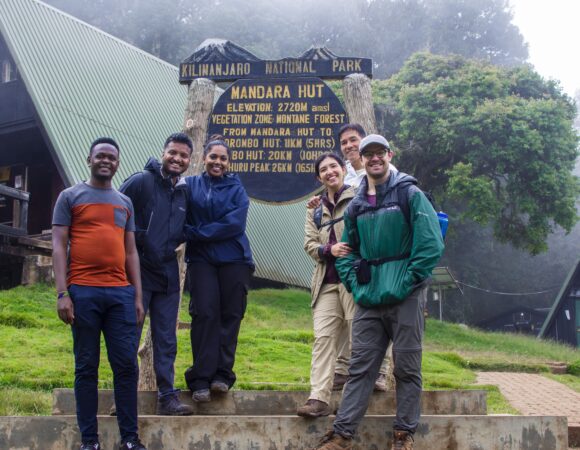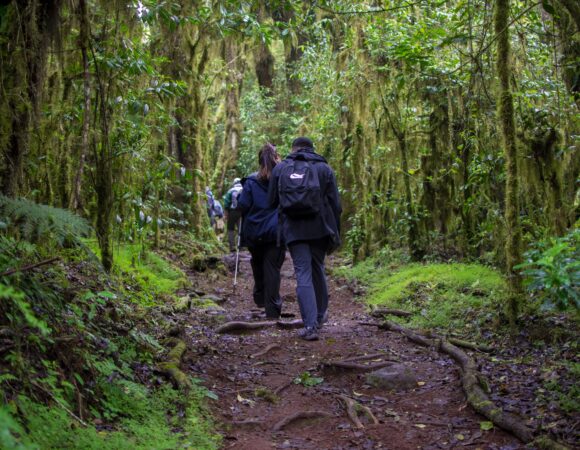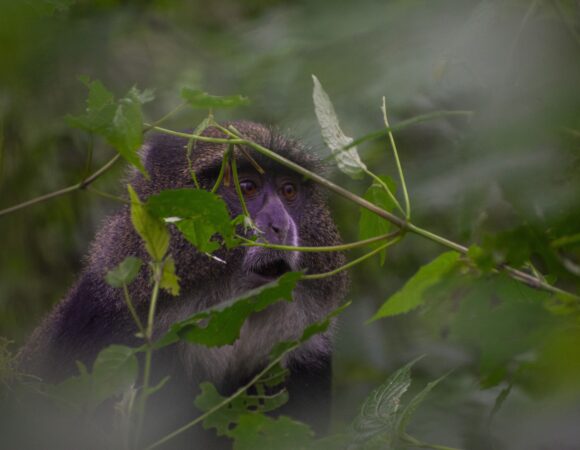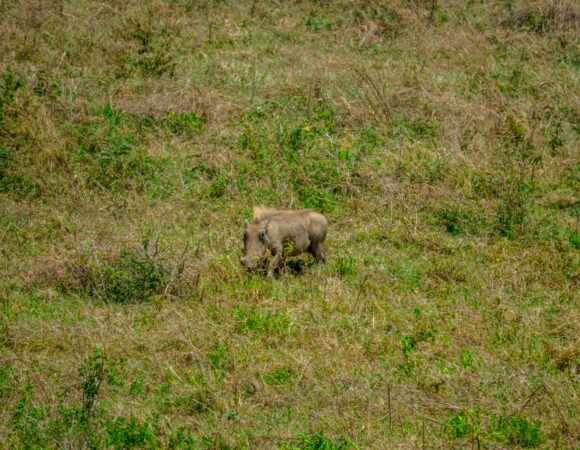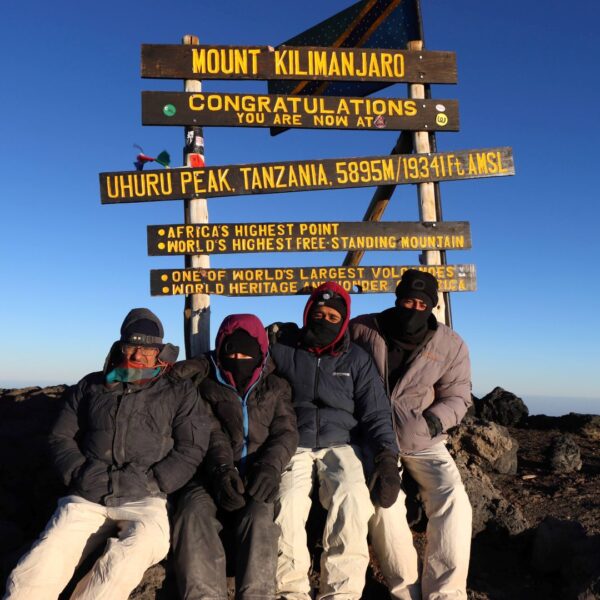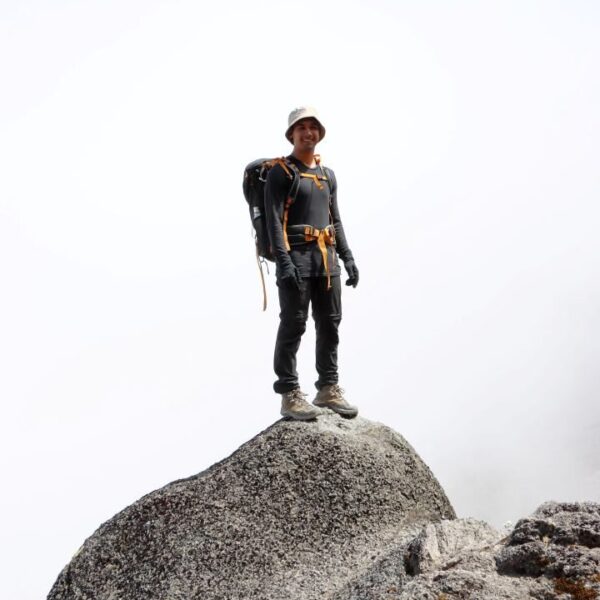- Home
- Mount Kilimanjaro Hiking Expeditions Guide
Mount Kilimanjaro Hiking Expeditions Guide
How Tall is Mount Kilimanjaro?
Mount Kilimanjaro stands at 5,895 meters (19,341 feet) above sea level, making it the tallest mountain in Africa and the highest free-standing mountain in the world. Located in Tanzania, climbing Mount Kilimanjaro offers a chance to explore its three volcanic cones: Kibo, Mawenzi, and Shira. The summit lies on the crater rim of Kibo, which is a dormant volcano.
How do I find Mount Kilimanjaro?
Upon arrival at Kilimanjaro International Airport (KIA), your guide will be waiting to welcome you. After a short briefing, you’ll be transferred to your accommodation to begin your adventure!
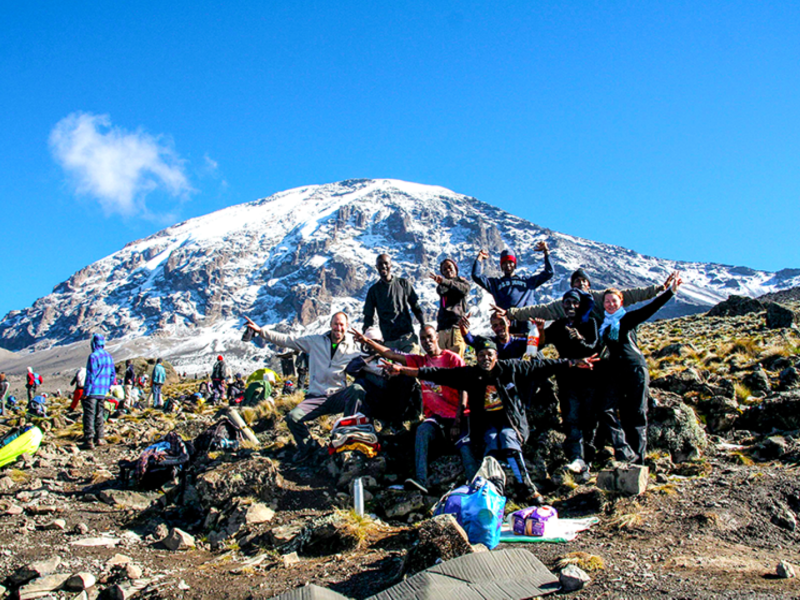
-
Kilimanjaro Tanzania
-
Number of climbers/Year 50,000
-
7 Kilimanjaro climbing routes
The Formation of Mount Kilimanjaro
Mount Kilimanjaro, one of the world’s most famous hiking and climbing destinations, was formed millions of years ago by volcanic activity. It is a massive stratovolcano, consisting of three distinct volcanic cones: Kibo, Mawenzi, and Shira. The mountain began to rise from the earth approximately 750,000 years ago due to tectonic forces beneath the African plate. Over time, magma built up to form the towering peak we see today. The volcano was active for thousands of years, but it is considered dormant now, with no eruptions occurring for over 360,000 years. The combination of climbing expeditions to the summit and the diverse ecosystems surrounding the mountain makes Kilimanjaro a truly unique geological and natural wonder.
The majestic beauty of Mount Kilimanjaro is not just in its height but also in its diverse landscapes, which are a result of its volcanic past. The mountain’s unique structure includes several distinct climate zones, ranging from tropical rainforests at the base to alpine deserts and glaciers near the summit. As lava flows cooled over time, they formed layers of rock that created the mountain’s steep slopes and rugged terrain. The geological history of Kilimanjaro continues to fascinate scientists and adventurers alike. Its towering presence, visible from miles away, is not only a symbol of natural power but also a beacon for climbing and hiking expeditions, offering explorers the chance to experience these incredible landscapes up close. The changing weather and ecosystems around the mountain make each climb a unique and unforgettable journey.
Main Mount Kilimanjaro Climbing Routes to Uhuru Peak
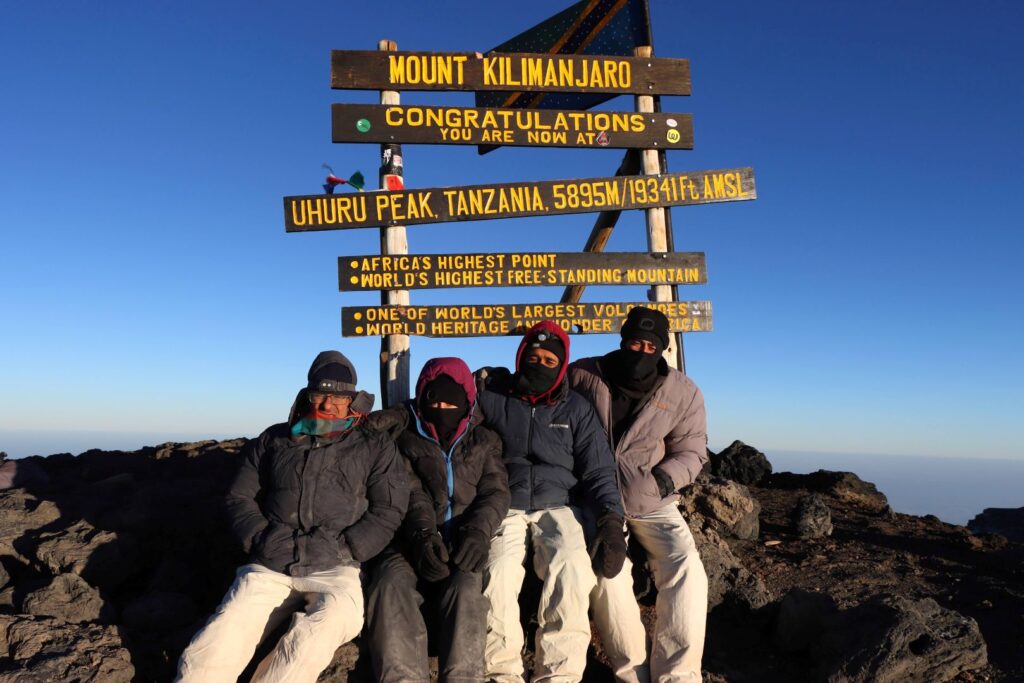
Climbing Mount kilimanjaro via Marangu Route (Coca-Cola Route)
The Marangu Route, often called the “Coca-Cola Route,” is a popular option for climbing Mount Kilimanjaro, especially for those seeking a less demanding expedition. Typically completed in 5–6 days, it’s the only route that offers hut accommodations, providing added comfort throughout the journey. As climbers ascend through lush rainforests, scenic moorlands, and alpine deserts, they experience Kilimanjaro’s diverse landscapes before reaching the summit via Gilman’s Point and continuing on to Uhuru Peak.
Machame Route (Whiskey Route)
The Machame Route, also known as the “Whiskey Route,” is famous for its scenic beauty and more challenging ascents. A Machame expedition typically lasts 6-7 days, and climbers experience a wide range of ecosystems, from lush forests to alpine deserts. This route is favored by those who want an adventurous and scenic expedition. The climb includes camping, which allows for better acclimatization. Climbers approach the summit from Barafu Camp to Stella Point, and then to Uhuru Peak.
Lemosho Route
For those seeking a less crowded and more gradual expedition, the Lemosho Route is an excellent choice. This 7-8 day expedition begins on the western side of Kilimanjaro, offering stunning landscapes and a chance for excellent acclimatization. The route allows for more time to adjust to the altitude, making it ideal for those aiming for a safer and more relaxed expedition. The final summit push takes climbers from Barafu Camp to Stella Point and then to Uhuru Peak.
Shira Route
The Shira Route offers a unique climbing Mount Kilimanjaro experience for those seeking a more direct approach to the summit. Starting at a higher altitude, this 6-7 day expedition takes hikers through the highland desert landscape and ancient lava formations. While the altitude can make the climb more challenging at first, the route offers stunning views and excellent acclimatization opportunities. The ascent to Uhuru Peak follows the same path as the Lemosho Route, passing through Barafu Camp and Stella Point.
Climbing Mount kilimanjaro via Rongai Route
The Rongai Route offers a quieter and more remote expedition on Mount Kilimanjaro, typically taking 6-7 days. Starting from the northern side of the mountain, this route takes climbers through the rainforests and alpine moorlands before reaching the summit. The ascent is gradual, making it easier for climbers to adjust to the altitude. Climbers approach the summit from Gilman’s Point and then continue to Uhuru Peak. The Rongai Route is perfect for those looking for a peaceful expedition with fewer crowds.
Climbing Mount kilimanjaro via Northern Circuit Route
The Northern Circuit Route is the longest expedition on Mount Kilimanjaro, taking 8-9 days to complete. This route offers a full circumnavigation of the mountain, allowing climbers to experience diverse landscapes, from rainforests to alpine desert. The extended duration of the expedition enhances acclimatization, making it one of the best routes for summit success. The final ascent follows the same route from Barafu Camp to Stella Point and then to Uhuru Peak.
Climbing Mount kilimanjaro via Umbwe Route
For experienced climbers seeking a more challenging and direct expedition, the Umbwe Route is the steepest and most difficult route on Mount Kilimanjaro. This 5-6 day expedition involves a rapid ascent through dense rainforests and steep inclines. The route is less forgiving, requiring climbers to be in excellent physical condition. The summit is reached from Barafu Camp via Stella Point to Uhuru Peak. The Umbwe Route offers a more rugged and solitary expedition for those looking for a true test of endurance.
Private Mount Kilimanjaro Climbing and Trekking Expeditions
Enjoy a personalized Mount Kilimanjaro experience with a private trekking expedition. Start your climb on any date that suits you, accompanied by your own team of guides, porters, and a cook dedicated to your group. Meals are served in a private dining tent, ensuring comfort and privacy throughout the journey. While the campsites and trails on Mount Kilimanjaro are shared, your adventure remains uniquely yours.
Climbing Mount Kilimanjaro: Rainy and Dry Seasons
Rainy and Dry Periods
Climbing Mount Kilimanjaro experiences two rainy seasons and two dry seasons each year. The short rainy season begins in early November and lasts until late December. This is followed by a dry season that extends from January to mid-March, providing ideal trekking conditions. The long rainy season starts in mid-March and continues until mid-June, bringing heavier rainfall across most of the mountain.
Best Routes During Rainy season
For those planning to climb Mount Kilimanjaro during the rainy months, the northern slopes offer better trekking conditions as they receive up to five times less rainfall compared to other parts of the mountain, according to the Tanzania Meteorological Authority. To minimize exposure to rain and improve your chances of a successful ascent, the best routes to consider are the Rongai Route, Northern Circuit, and Marangu Route. These trails provide drier and more stable conditions, making them ideal choices during the wetter seasons.
To set yourself up for success, it’s important to optimize your Body Mass Index (BMI) to fall within the ideal range of 18.5–24.9. This can significantly increase your chances of a successful climb—up to 80% or higher within a year. Here’s how you can prepare:
- Prioritize Balanced Nutrition – A well-rounded diet is crucial for fueling your body and supporting your training. It provides the energy and nutrients needed to build strength and endurance.
- Engage in Regular Aerobic Exercise – Incorporate activities like running, cycling, and swimming into your routine to improve cardiovascular fitness—vital for tackling the demands of high-altitude hiking.
- Work on Mental Toughness – Mental preparation is just as crucial as physical training. Practice staying focused and positive in challenging situations, as climbing Kilimanjaro is as much a mental challenge as a physical one. Visualization and mindfulness techniques can help you stay calm and strong throughout your journey.
- Practice on Smaller Peaks – Once your BMI is within the optimal range, take on hikes at elevations of 3,000–3,500 meters (9,800–11,500 feet). This will allow you to test your fitness and see how your body adapts to altitude. Mount Meru in Tanzania is a great option for this preparation before embarking on the Kilimanjaro adventure.
- Focus on Strength Training – Building muscle strength, particularly in your legs and core, will improve your stamina and help you carry your pack efficiently during the climb. Incorporate exercises like squats, lunges, and planks into your routine.
Climbing Mount Kilimanjaro: A Detailed Overview of the Routes
| Route | Total Time for the Round Trip | Uphill trek | Downhill trek | Total distance (Uphill & Downhill Trek) | No. of climbing /Year |
|---|---|---|---|---|---|
| Marangu route | 5-7days | 40.16km | 20.6km | 60.76km | 12,289 |
| Machame route | 6-7 Days | 36.75km | 36.75km | 73.50km | 420,330 |
| Lemosho route | 6-9days | 46.26km | 20.6km | 60.86km | 9927 |
| Rongai Route | 5-7days | 37.65km | 37.75km | 74.4km | 4088 |
| Umbwe route | 5-7days | 27.71km | 20.6km | 48.31km | 589 |

